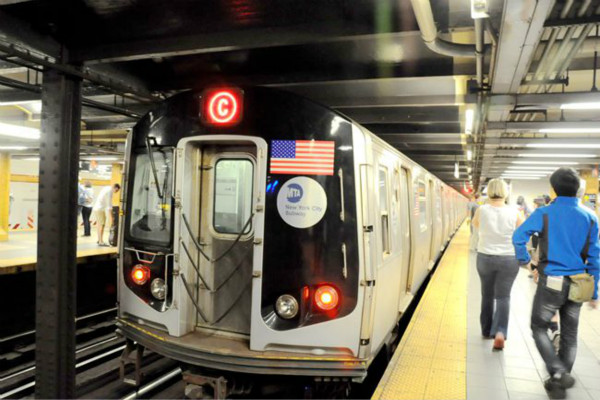
By Wen Xin Lim
Can Trump Fix America’s Neglected Infrastructure?
“We are going to fix our inner cities, and rebuild our highways, bridges, tunnels, airports, schools, hospitals,” said US president-elect Donald Trump in his victory speech.
In his 2015 book, “Crippled America: How to Make America Great Again,” Trump said large-scale infrastructure project could create the “biggest economic boom in this country since the New Deal.” Throughout his presidential campaign, Trump repeatedly stressed that he would rebuild US’ deteriorating infrastructure, and he proposed pumping USD 550 billion into an aggressive plan to ensure better and more effective transportation and network systems.
In fact, Trump is not the only president who is eager to address the US’ infrastructure needs. The outgoing president Barack Obama had put up a fierce fight to get Congress’ approval to pass an infrastructure bill. His long-running push finally bore fruit in December 2015, when Congress passed his USD 305 billion infrastructure proposal. Democrat presidential candidate Hillary Clinton had also proposed spending USD 250 billion over the next five years on infrastructure if she were to be elected.
Since the 1960s, when the US federal government began reducing construction of the interstate highway system, fiscal spending on public infrastructure had steadily fallen. Over the past 30 years, US spending on infrastructure has fallen below 2.5 percent as a share of GDP (see Figure 1).
Figure 1. State and local capital spending as a share of GDP, 1945-2014
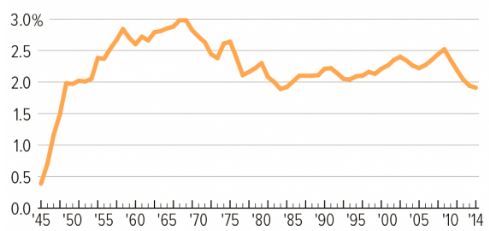
Source: US Bureau of Economic Analysis, based on BEA gross investment which includes spending on structures, equipment and software
While America’s infrastructure has been in bad shape for years, Trump’s ambitious plan certainly boosts confidence in construction-related sectors. From engineering companies such as Jacobs Engineering Group to building-material companies such as Vulcan Materials Company and Martin Marietta Materials to construction-equipment manufacturers such as Caterpillar and Manitowoc, nearly every stock related to infrastructure soared after Trump’s win on November 8.
The American Society of Civil Engineers, which has given US infrastructure a D+ grade, reported that the nation needs to spend approximately USD 3.3 trillion in the next decade to fix infrastructure, and there’s currently a USD 1.4 trillion funding gap (see Figure 2).
Figure 2. Infrastructure needs, funded and unfunded, 2013-2020
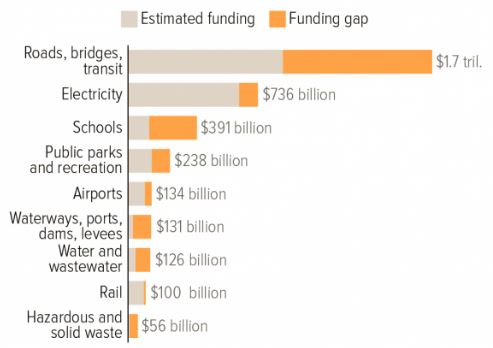
Source: American Society of Civil Engineers 2013 Report Card for American Infrastructure and Failure to Act series, published 2011-2013
Yet, many are doubtful if Trump’s infrastructure proposal will be sustainable, and some have cast doubt on the White Paper drafted by Trump’s economic advisers Peter Navarro and Wilbur Ross which calls for federal tax credits or a tax cut to generate the USD 1 trillion fund needed for infrastructure building over the next decade.
Many worry that Trump’s aggressive proposal will add pressure on the US’ mounting debt of nearly USD 20 trillion. While many have compared Ronald Reagan, the 40th President, with Donald Trump as they share several traits in common — both were TV stars with zero political experience, and both championed tax reductions to spur economic growth — they have one key distinction. When Reagan came into power, the US’ debt-to-GDP ratio was just 30 percent. According to analyses by the Committee for a Responsible Federal Budget, “debt held by the public currently totals over $14 trillion — nearly 77 percent of Gross Domestic Product (GDP) — and is projected to grow as a share of the economy to almost 86 percent by 2026 and about 150 percent by 2050”. In other words, Reagan had much more fiscal headroom than Trump has today.
The analyses also report that “Trump’s plan would decrease both non-interest spending and revenue.” It is estimated that the US will lose approximately USD 4.3 trillion of revenue due to individual and business tax reforms under Trump’s plan. This has not included the USD 1.2 trillion loss from the Affordable Care Act (also known as Obamacare) if Trump were to repeal his predecessor’s legacy.
Some believe that the infrastructure funding gap is very likely to be filled by foreign investment and debt. Notably, as Trump embarks on his massive infrastructure plan, there will be ample room for collaboration between the US and China, the construction superpower.
Chinese Foreign Ministry spokesman Geng Shuang recently commented that China takes a “positive and open attitude toward cooperation that benefits the two countries” when it comes to infrastructure projects. China leads the world in infrastructure investment with its achievements in the construction of high-speed railways, ports, and dams. With Trump’s administration likely to embrace the Asian Infrastructure Investment Bank (AIIB) initiated by China, the AIIB can complement US needs in infrastructure by tapping on China’s potential in construction, and it can also serve as a knowledge sharing platform for technology and skills that are transferable to the US construction market.



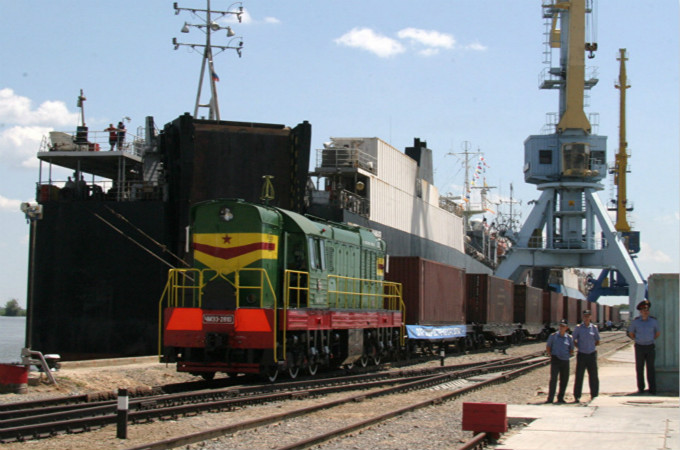

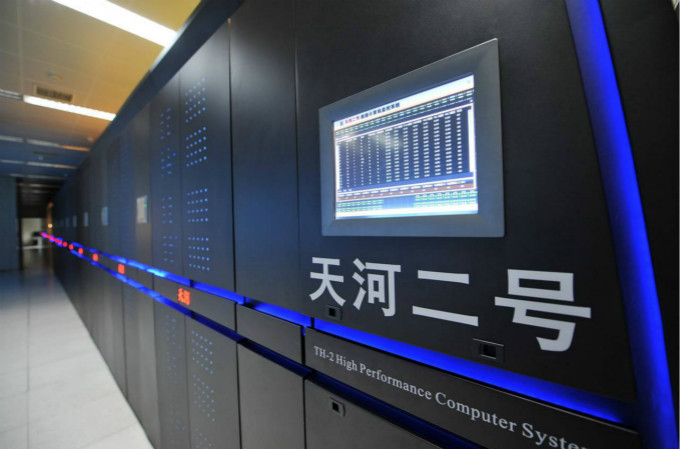
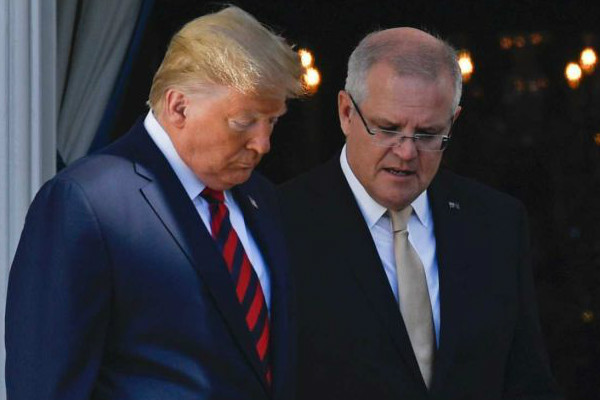







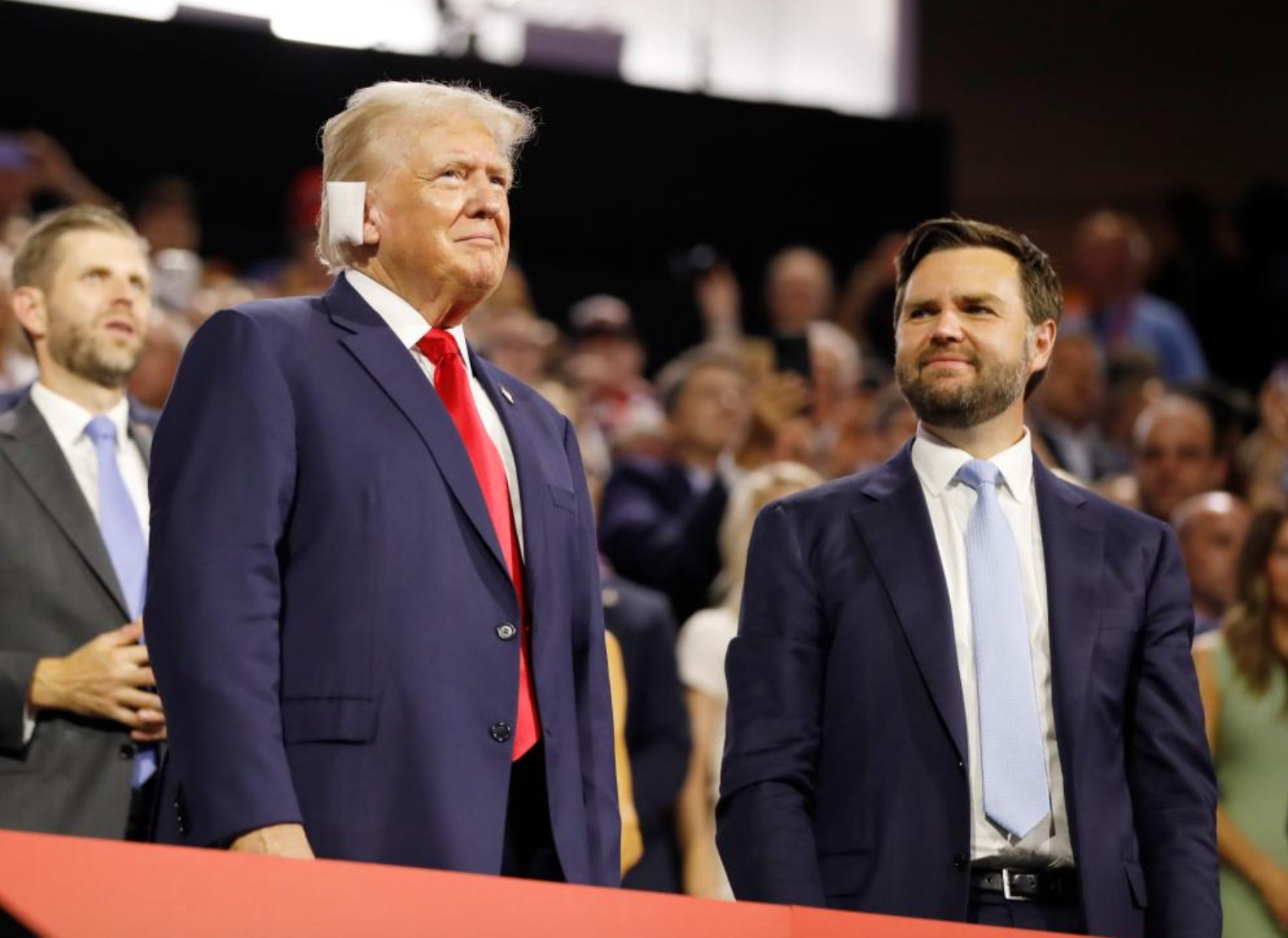



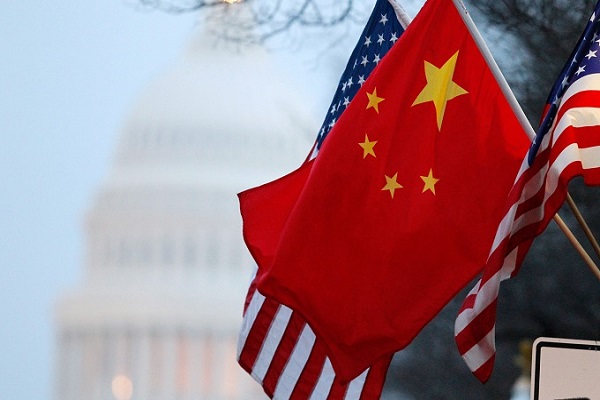
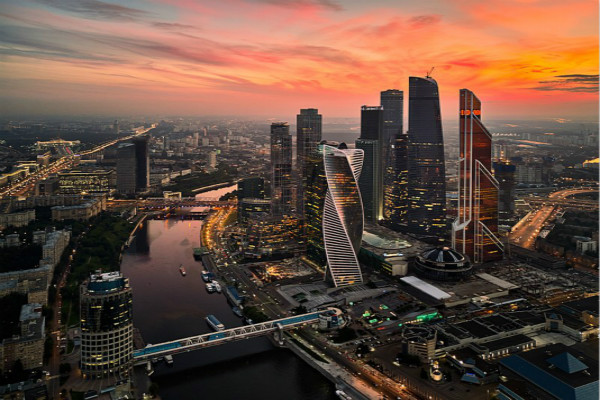


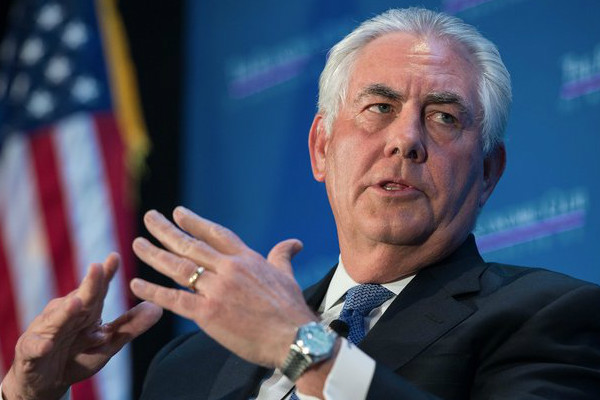

Leave a Reply
Your email address will not be published. Required fields are marked *